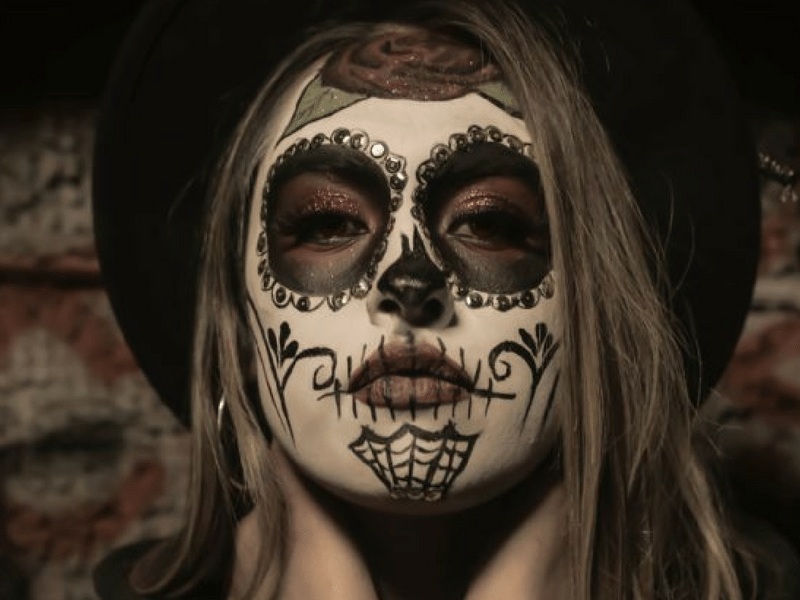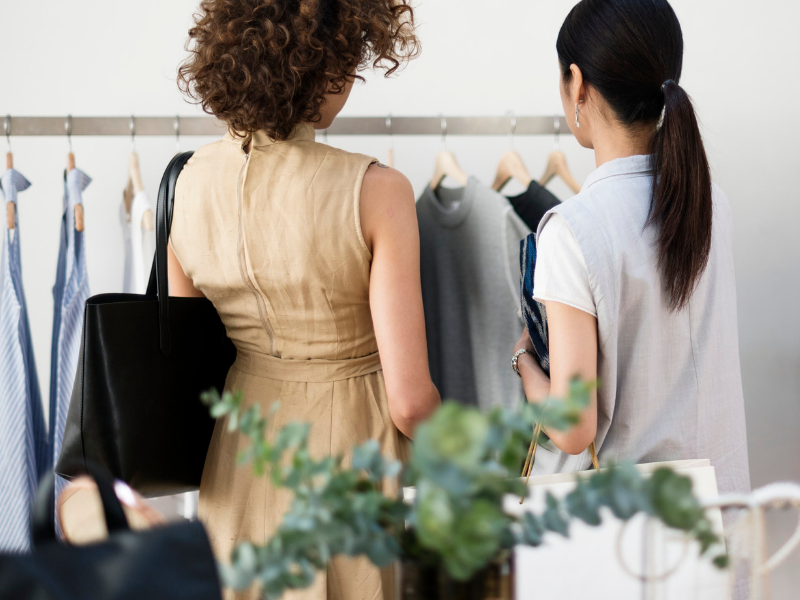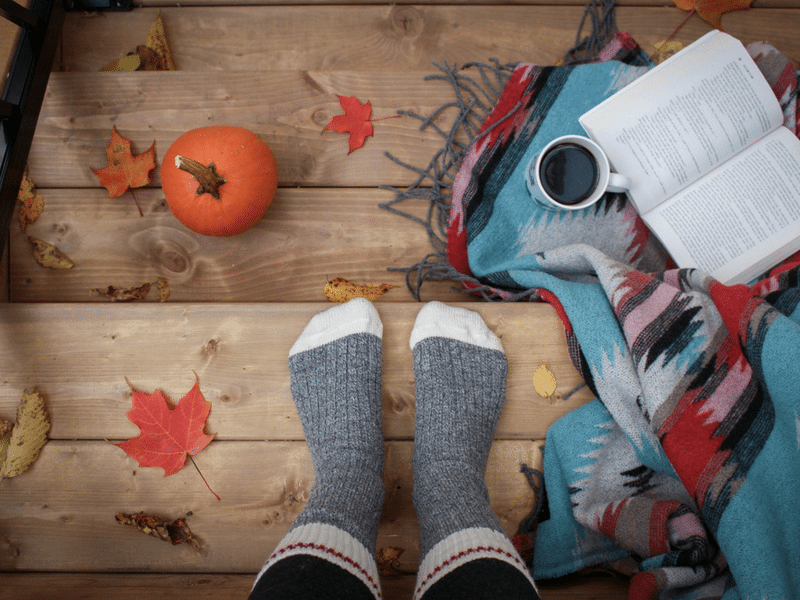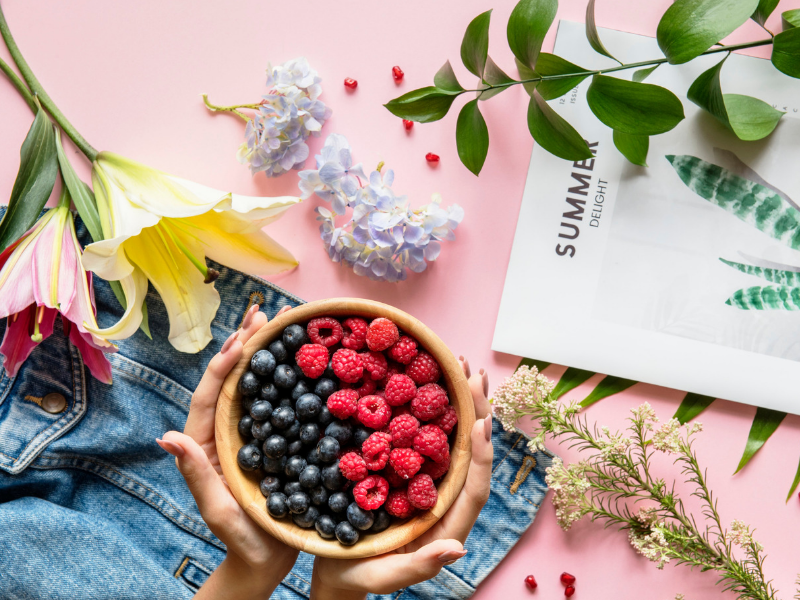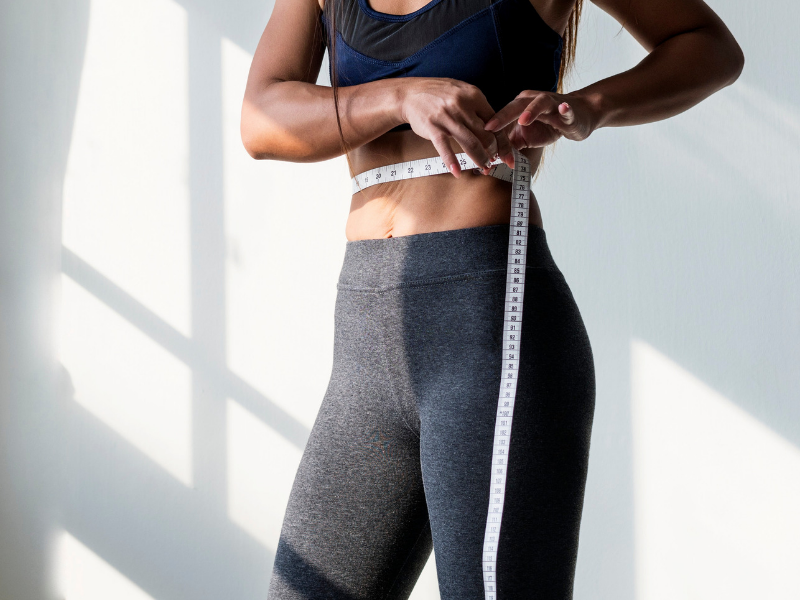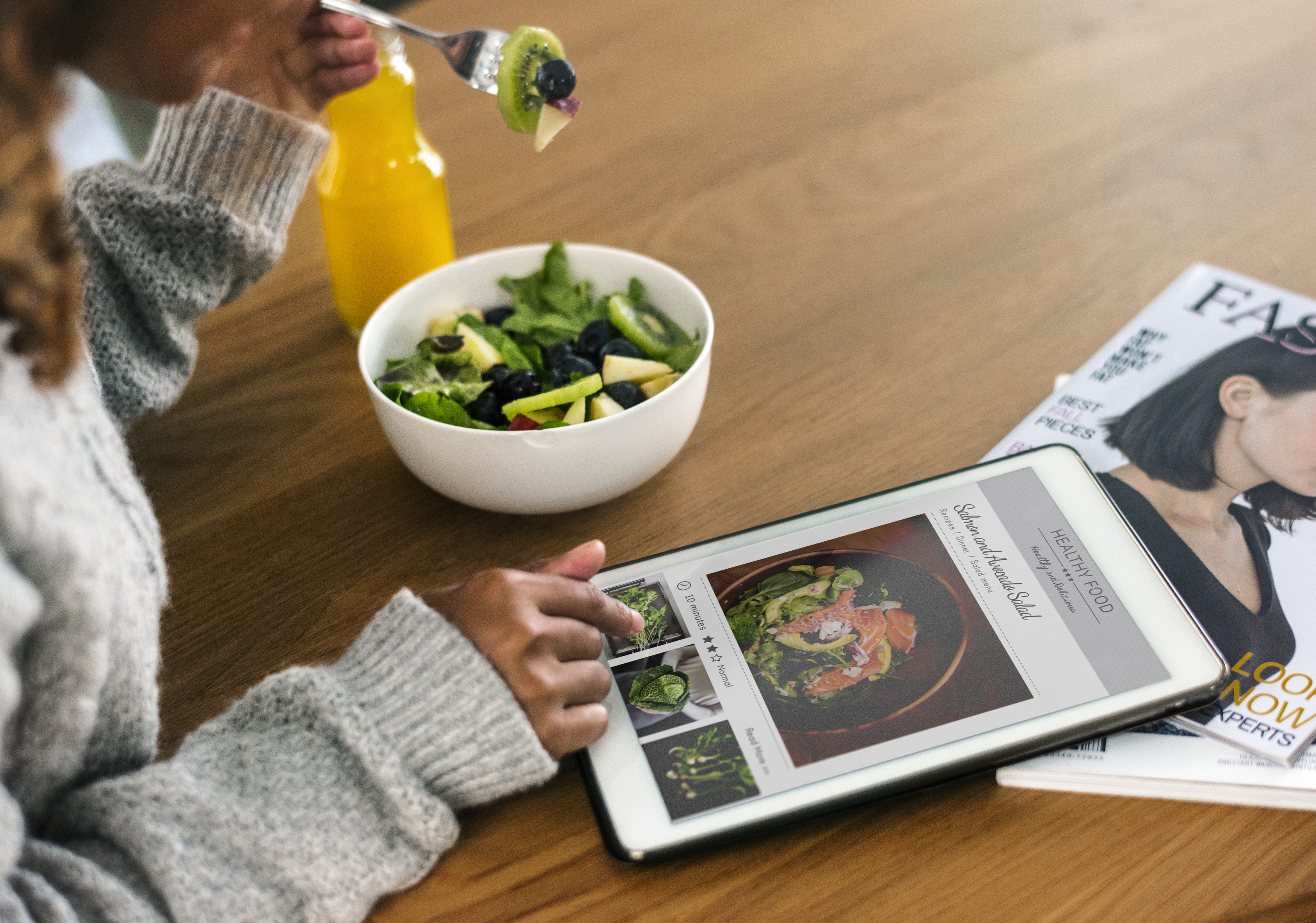Nouveau (pronounced noo-vOH) is a French word that directly translates to ‘’newly arrived or developed.’’ But when it comes to vintage fashion, nouveau is about mixing old with the new.
As said by Anges Brooks Young in her 1937 book Recurring Cycles of Fashion, ‘’Fashion always tolerates, encourages, and even requires each year numerous variations from the central type.’’
In other words, even though we live in the modern age, fashion will always take some form of inspiration from a previously existing style. Those bucket hats that were so prominent in the city streets and MTV during the ‘90s? Those were first popular in the early 1900’s and were often referred to as fishermen’s hats. That sudden Peter Pan collar craze in the 2010’s? Those originated in the 1900’s too.
Ok. So let’s get down to business. Maybe you’re having trouble finding your style. Maybe you’re feeling disconnected with ‘’modern trends.’’ Not to worry. Because here we have compiled a list of brilliant fashion bloggers and advice to help you complete your next outfit!
Color, Print, and Texture
Sometimes the most difficult thing about vintage fashion is making complex patterns and different color combinations actually work. In most cases, however, the trick is to start with a minimalistic mindset—and build from there.
You can also use the color block method for the first half of an outfit (usually the bottoms or top) and let the rest do the talking with an exciting print.
Take a look at the following examples:
Vintage fashion is most successful when the outfit is centered around either darker or lighter tones. With the right mindset, you can even play around with both concepts.
Take a look at these following examples:
Darker tones . . . Notice how sophisticated these outfits look!
Lighter tones . . . Notice how classy yet comfortable this outfit is!
Or even both . . .
Aren’t these ladies and their outfits brilliant?
Another way to make your look more unique is to add a surprise pop of color. This may include deeply pigmented lipstick, nail polish, eyeshadow, or even a trendy blazer.
Accessories
Hats, necklaces, shoes, handbags . . . It’s true that accessories can either make or break a vintage-inspired look.
One trick to finding success is ensuring that only one or two factors of your entire outfit are a statement piece.
Take a look at these examples here:
The red hat and gold hoops, when also combined with an autumnal top, make this look an absolute must. This is primarily because the main color, red, repeats itself in two places: once in the outfit and another time as an accessory.
The same jazz is happening here. Sometimes all you need is a fashionable belt to polish things off!
Vintage in the Office
It’s a given that certain office spaces will allow you to season your creativity. Others, unfortunately, will not. And if you’re currently working at a job where this is the case, here are a few tips that may help you out.
- Sometimes you can get away with wearing a vintage-inspired outfit at the office if your hair and makeup are toned down. In other words, maybe pass on your beloved red lipstick and pin curls for that big presentation and instead go for a sleek bun and natural face. Yes, clothes can make us feel more confident. But bright colors, in this scenario, can be distracting and possibly be perceived as ”tacky.”
- Strive for modern with only a few vintage accents. This expands on our previous point.
- Avoid dresses or tops with extravagant shoulder pads.
- Rely on darker tones for a more polished look.
Where to Shop
Thrift stores. Let’s say it again now. Thrift stores! These establishments are great for finding bargains on all kinds of fashion goodies. Whether you’re looking for classy, dressy, casual, modern—or even vintage—you can guarantee it will be there.
For more on how to thrift shop, check out The Ultimate Guide to Thrift Shopping here.
Another place you can check out for great deals is Depop. Established in 2011, Depop, as stated by its founder, is a ‘’peer-to-peer social shopping app.’’
I am also a huge fan of Depop. I’ve found some of the most unique finds on that app. It’s a great way to connect with other sellers, too. Unlike eBay, the online community of Depop is very close-knit.
Shopping
Exploring new grounds is great, but one of the worst things you can do is walk into a thrift store and start grabbing things off the rack. Not only does this lead to holes in your wallet, but you increase the chances of coming home and discovering you have nothing that matches the beautiful vintage skirt you just bought.
Here a few tips that may help curve your spending habits:
- Have one or two fashion idols in mind before entering the store. This way it will be easier to pinpoint what exactly you’re looking for. An example would be ”Modern day Audrey Hepburn.”
- Buy outfits, not pieces.
- (Contrary to our previous point) When buying individual pieces, be sure it can be turned into an outfit—or that the rest of the outfit already exists in your closet.
- Try on potential purchases before leaving the store.
- Ask yourself, ”Will I still use this 5 months from now? A year?”
- Purchase clothing items you have full confidence in. If something doesn’t feel right, it’s probably best to let it go.
An Interview with Lois Barnett (@loisjelise)
While on the subject of vintage fashion, we were most humbled when Barnett, SOAS PhD Student of Japanese Film and Fashion History, and vintage and modern fashion lover, agreed to add some of her own passion and insight into the conversation.
The following Q/A reveals the origin of her relationship with vintage inspired fashion and her advice to beginners.
Q: What fashion tips would you recommend to someone just getting into vintage?
A: I think the biggest tip I would give someone just getting into vintage is to invest in a good quality vintage basic (so perhaps a coat, or a blazer, a dress or some great jeans) and then start to build several outfits around that piece. That way you won’t end up with a pile of stuff that doesn’t go together that you then need to buy more items to create outfits for.
I’d also go to charity shops (or thrift shops in the US!) in well-heeled areas. You can pick up some incredible pieces for great prices if you know where to shop. I’ve scored vintage Ralph Lauren and Dior blazers this way which have become staples in my wardrobe now.
It’s a good idea to keep an open mind with your decades. Sometimes we can get so hung up on “looking ’40s or ’50s—or whatever. Let the pieces themselves speak to you, not when they were made. The ’80s get a bit of a ribbing but there were some incredible, structured pieces that referenced the ’40s made at that time too.
It’s also great to look at what high fashion brands are producing in their collections today. You can often see the same silhouettes available in vintage clothing for a fraction of the cost—and you can have an idea of what to look for and how to style these vintage pieces in a modern way.
Q: What is one misconception about vintage fashion you would like to clarify?
A: I think the biggest misconception about vintage is that these are old, damaged, out-of-style clothes. Since these pieces were made before the onset of “fast fashion,” they were very well looked after and made of materials that were meant to last.
A lot of the silhouettes are also pretty timeless. Particularly when you mix-and-match them with contemporary pieces.
Q: What advice would you give to someone who might feel ‘’anxious’’ about standing out from the crowd or ‘’looking too dressed up?’’
A: I think the best way to deal with anxiety (about trying any kind of new style) is to just gently immerse yourself in it over a period of time.
So rather than just turning up one day to your workplace in head-to-toe vintage, which might make you feel a bit self-conscious or cause your co-workers to start asking questions, just try adding one piece to your usual outfits at a time and just slowly build up to the finished look you’re going for.
—Although in total honesty, most of the reactions I have got from wearing vintage style have been really positive. So if you feel good wearing the outfit at home you should feel confident to wear it out too. Own it!
Q: Who or what inspired you to wear vintage inspired looks?
A: The biggest inspiration for my style was my grandfather. He had a huge interest in classic cinema. Even as a very small child, he would sit me down to watch what he called “real films,” which usually starred Harold Lloyd or Marilyn Monroe. I remember seeing the women in these films and thinking I wish I could dress like that.
As I got older I realized that actually, I could! My grandfather’s love of cinema later spurred me on to study for a Ph.D. in Film Studies (concentrating on the interaction between fashion-related industries and the cinema in Japan during the 1920s and 1930s), and this too has been a huge inspiration to me as Japanese fashion imagery is so powerful and vivid.
I love seeing vintage fashion images from all over the world. There’s so much more to vintage than the Hollywood glamour look!
To Sum Things Up
It’s important to remember that fashion should always remain fun. And the advice mentioned in this article is merely information that is meant to help expand your creativity—not denounce it.
